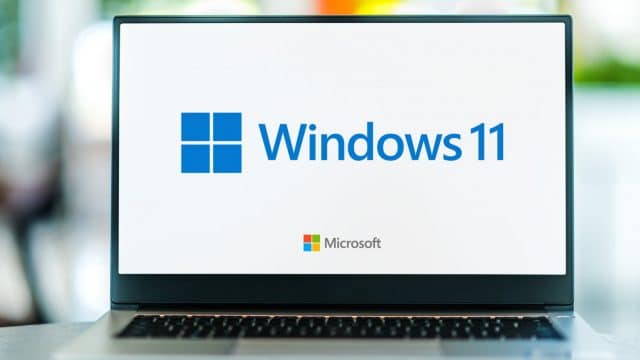Microsoft confirms Remote Desktop Connection problem with Windows 11 22H2

The known issues with Windows 11 22H2 keep on coming thick and fast. Microsoft may want to move all Windows 10 users onto Windows 11, but the constant stream of problems is enough to put off just about anyone.
Now the company has confirmed yet another issue with the latest update to the operating system. Warning that "Connections may fail when using Remote Desktop Connection Brokers", Microsoft offers a workaround -- but not a fix -- for those affected.
See also:
- Windows Subsystem for Linux exits preview as Microsoft Store app becomes the default version for Windows 10 and 11
- Windows 11 frozen? Try this secret keyboard shortcut
- Microsoft says that Windows 10 22H2 is now available for broad deployment
There is some good news when comparing the issue with the many others than have cropped up: this one is not preventing anyone from upgrading to Windows 11 2022 Update if they want to. Microsoft notes:
After installing Windows 11, version 22H2 (also called Windows 11 2022 Update), the Windows Remote Desktop application might stop responding when connecting via a Remote Desktop gateway or Remote Desktop Connection Broker. An example of this connection scenario is when connecting to a Remote Desktop Services collection. RemoteApp and Desktop Connections are ways in which this connection is accomplished.
Another piece of good news is that home users of Windows are unlikely to experience this issue. Microsoft says this is because the connection process described here is not the default used by the Windows Remote Desktop app.
The company goes on to explain:
This issue can be observed when the client is at the "Loading virtual machine" or "Configuring remote connection" steps, and might occur regardless of the OS version installed on the remote computer. In some cases, the error message "Your Remote Desktop Services session has ended" can appear. If the application becomes unresponsive, it might need to be terminated using Windows Task Manager. See the Workaround section for guidance.
Microsoft recommends using Task Manager to terminate Remote Desktop if it becomes unresponsive, but also provides details of a special Group Policy that can be used to resolve the issue:
- Open the appropriate Group Policy editor.
- For managed devices (common for enterprises and organizations), open the Group Policy Management Console and create or edit a policy that targets your clients
- For unmanaged devices (common for home users), open the Group Policy Editor. This can be accomplished by opening the Start Menu and typing group policy. Select Edit group policy from the results
- Using the right-side panel, browse to Computer Configuration > Administrative Templates > Windows Components > Remote Desktop Services > Remote Desktop Connection Client
- From the left-side panel, double-click the policy setting Turn Off UDP On Client and set it to Enabled
- Select OK and restart your device(s) to apply the policy setting
Microsoft says that it is working on a fix.
Image credit: monticello / depositphotos
